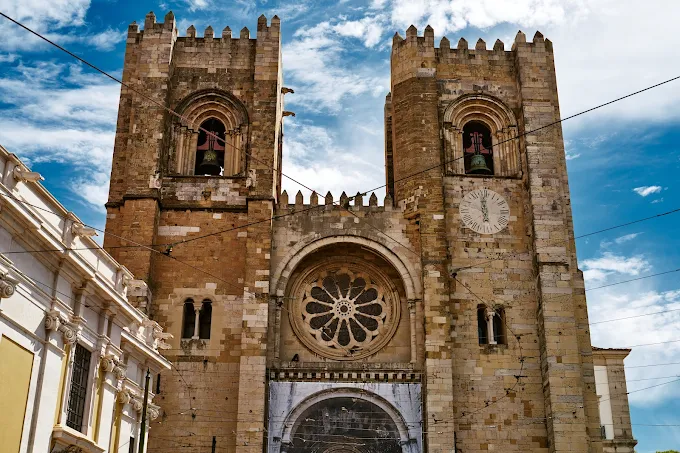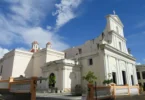Introduction
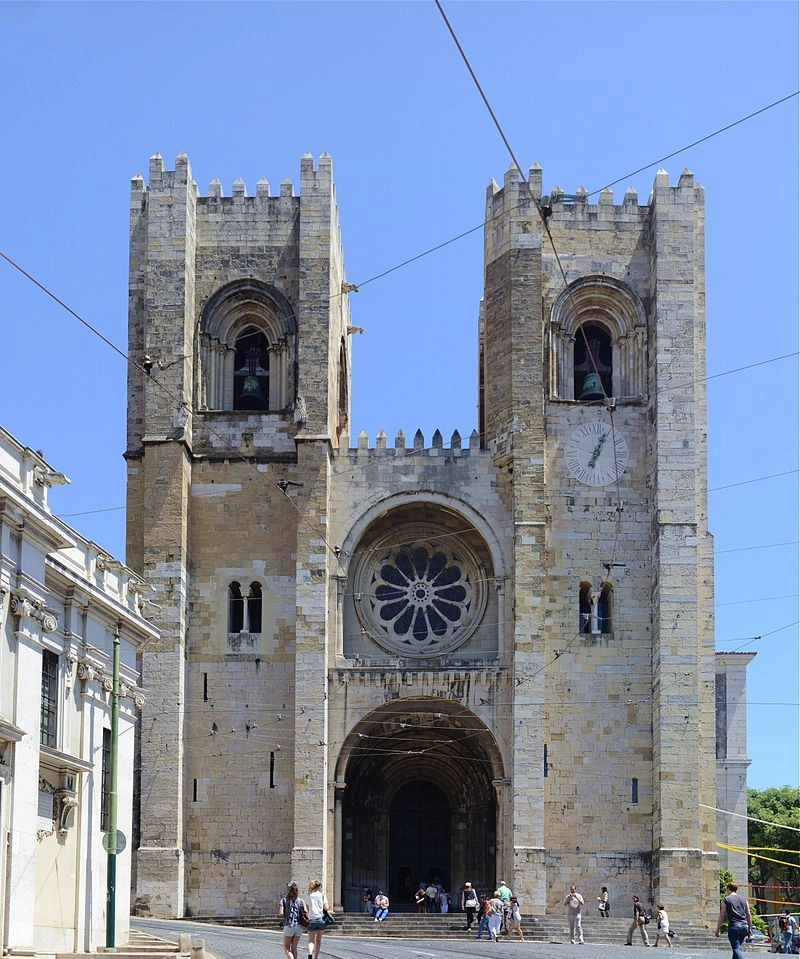
The Cathedral of Saint Mary Major, commonly known as the Lisbon Cathedral (Sé de Lisboa) or officially the Sé-Catedral Metropolitana Patriarcal de Santa Maria Maior de Lisboa, is a historic Roman Catholic cathedral situated in the heart of Lisbon, Portugal. Dating back to 1147, it is the oldest church in the city, making it an essential piece of Lisbon’s religious and architectural heritage. The cathedral’s construction was initiated shortly after the city’s conquest from the Moors, during the reign of King Afonso I of Portugal, also known as Afonso Henriques. Over the centuries, the Cathedral of Saint Mary Major has withstood numerous natural disasters, including devastating earthquakes, yet it has always managed to endure. Its resilient structure has been subject to several modifications, renovations, and restorations, which have given the building a unique blend of architectural styles. The cathedral predominantly showcases a mix of Romanesque, Gothic, and Baroque elements, reflecting the various periods of rebuilding and refinement over the centuries.
As the seat of the Patriarchate of Lisbon, the Lisbon Cathedral holds great religious significance within the Roman Catholic Church. It is not only a place of worship but also a symbol of the city’s history, spiritual life, and cultural heritage. Recognized for its historical importance, the cathedral was designated as a National Monument of Portugal in 1910, cementing its status as one of the most iconic landmarks in Lisbon. Visitors to the cathedral can admire its striking architecture, including its imposing façade, magnificent rose window, and stunning interior, which houses a variety of religious artworks, altars, and relics. The Sé de Lisboa remains a testament to Lisbon’s resilience and its deep-rooted connection to its religious past.
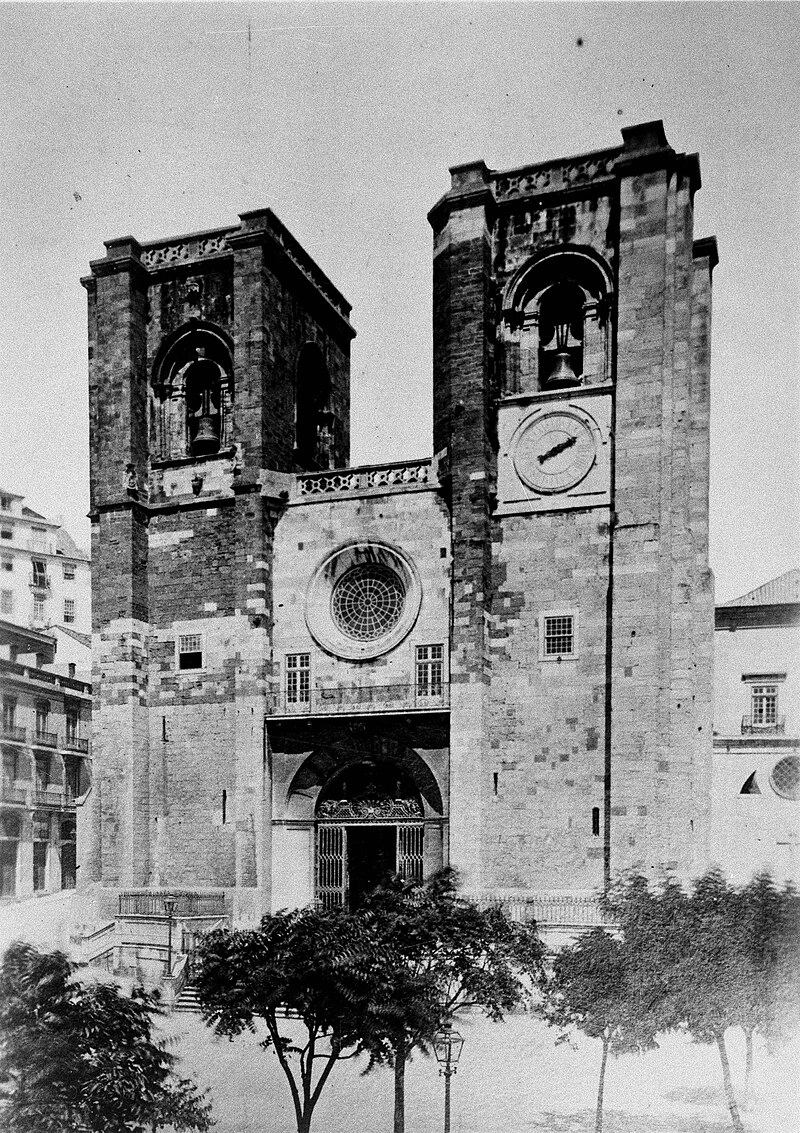
The Lisbon Cathedral, also known as the Sé de Lisboa, is one of the most iconic religious structures in Portugal, with a history that spans several centuries and incorporates diverse architectural styles. The cathedral is not only a symbol of the city’s religious life but also of its tumultuous history, marked by conquest, natural disasters, and significant transformations.
Early History and Construction
Lisbon has been the seat of a bishopric since the 4th century, and the city played an important role in the early Christian period of the Iberian Peninsula. After the Visigothic domination, Lisbon fell under Moorish control in the 8th century. Despite the dominance of Islam, Christians were allowed to live in Lisbon and its surroundings. The significant change came in 1147, during the Second Crusade, when Lisbon was reconquered by an army composed of Portuguese soldiers and Northern European crusaders, led by King Afonso Henriques. Following the Siege of Lisbon, an English crusader, Gilbert of Hastings, was installed as bishop, and construction began on a new cathedral on the site of the Great Mosque of Lisbon. The initial phase of construction, which began shortly after the reconquest, was completed between 1147 and the early 13th century in the Late Romanesque style. During this period, the relics of Saint Vincent of Saragossa, the patron saint of Lisbon, were brought to the cathedral, further solidifying its religious importance.
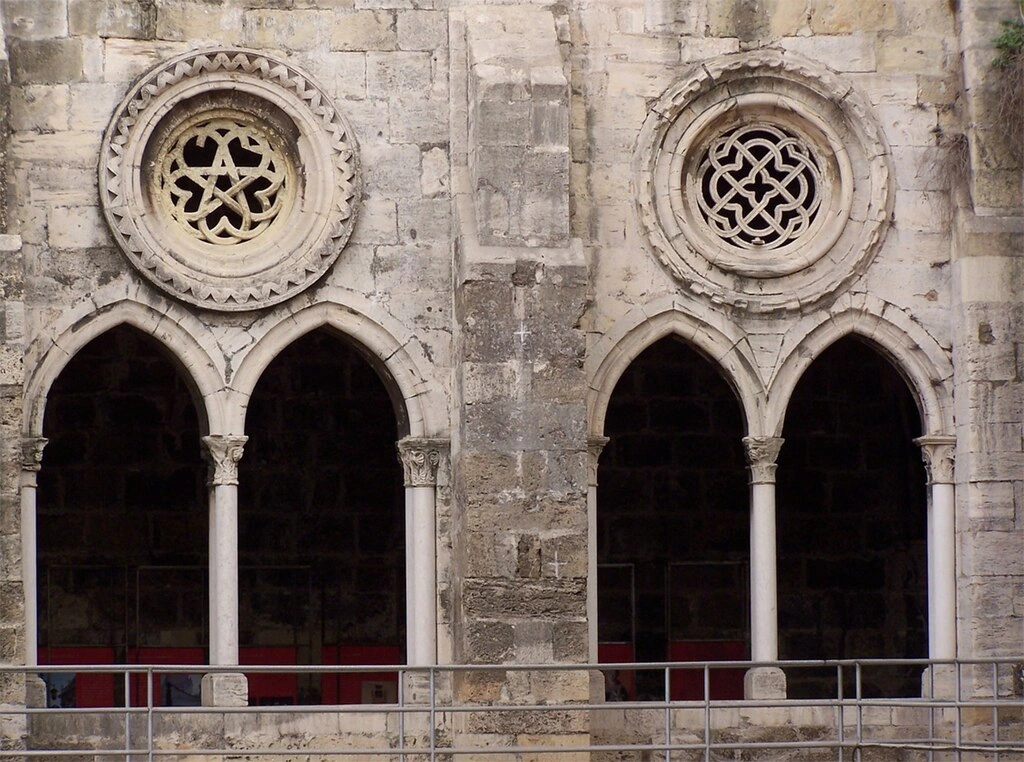
Gothic Influences and Modifications
In the late 13th century, King Dinis of Portugal commissioned the construction of a Gothic cloister at the cathedral. His successor, King Afonso IV, expanded the cathedral by transforming the main chapel into a royal pantheon. This royal burial site was meant for the king and his family and was completed in Gothic style. In 1498, Queen Eleanor of Viseu founded the Irmandade de Invocação a Nossa Senhora da Misericórdia de Lisboa (Brotherhood of Invocation to Our Lady of Mercy), which would later evolve into the Santa Casa da Misericórdia de Lisboa, a major charitable institution. The cathedral played a significant role in this development, housing one of the brotherhood’s chapels within its cloister.
The 1383–85 Interregnum and Its Aftermath
During the Portuguese Interregnum of 1383–1385, political tensions between Portugal and Castile led to unrest in Lisbon. The city’s populace grew suspicious of Bishop Dom Martinho Annes, whom they believed was involved in a conspiracy with the Castilians. In an act of violence, an angry crowd threw Bishop Annes out of the window of the northern tower of the cathedral, marking a dramatic moment in the cathedral’s history.
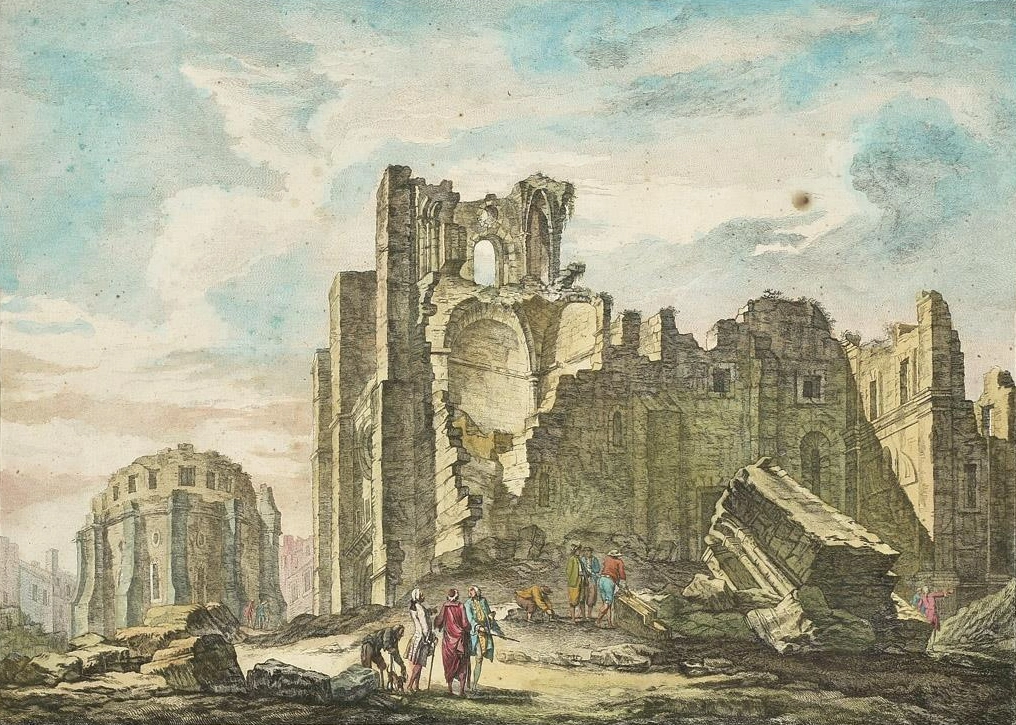
The Impact of Earthquakes
Throughout its history, the Lisbon Cathedral has been severely affected by earthquakes, which have been a constant threat to Lisbon’s infrastructure. The most catastrophic earthquake occurred in 1755, known as the 1755 Lisbon earthquake, which destroyed the Gothic main chapel and the royal pantheon. The earthquake also damaged the cathedral’s cloisters and numerous chapels. The following years saw efforts to rebuild the cathedral, and a significant early 20th-century renovation resulted in the cathedral’s current appearance.
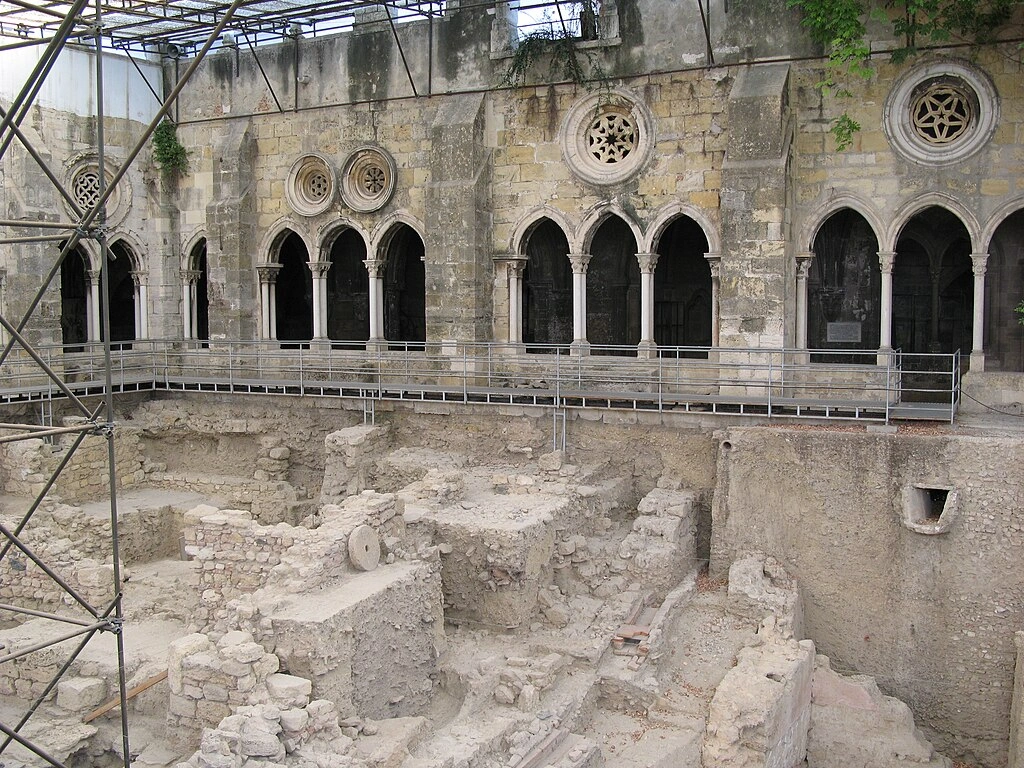
Archaeological Discoveries
In recent decades, the cathedral cloisters have become the site of important archaeological excavations. Starting in 1990, excavations revealed remains from different historical periods, including Roman, Visigothic, and medieval layers. Among the significant findings were a Roman road, shops, a Roman kitchen, and remnants of an ancient sewage system. These discoveries have provided invaluable insights into the early history of the site. Notably, the excavations also uncovered evidence of the mosque that once stood on the site during the Muslim rule of Lisbon. In 2020, the Portuguese Minister of Culture, Graça Fonseca, declared that the Muslim remains found at the cathedral should be preserved, recognizing the historical overlap between Christian and Islamic rule in the region.
Architecture of Patriarchal Cathedral of St. Mary Major Lisbon, Portugal
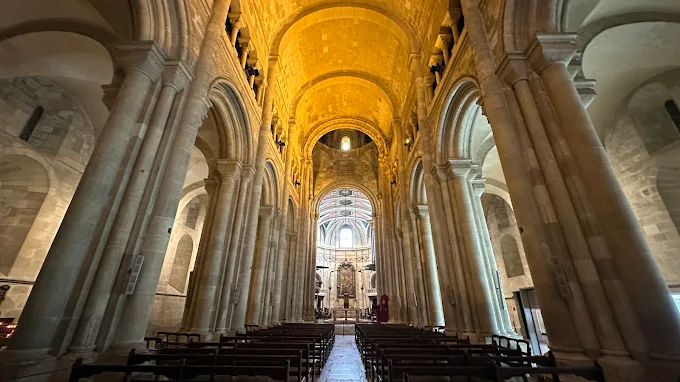
Architectural style : Gothic architecture, Baroque architecture, Romanesque architecture.
The Lisbon Cathedral (Sé de Lisboa) is an architectural masterpiece that reflects various styles and historical periods, from Romanesque to Gothic and Baroque influences. Its design and construction have undergone several phases, each contributing to the cathedral’s unique grandeur. From its fortress-like exterior to its intricate interior, the cathedral is a testament to Lisbon’s evolving cultural and architectural history.
Layout and General Architecture
The Lisbon Cathedral is constructed in the shape of a Latin cross, featuring a central nave, two side aisles, a transept, and a main chapel surrounded by an ambulatory. The cathedral is also connected to a cloister on its eastern side. The main façade is fortress-like, with two towers flanking the entrance and crenellations on the walls. This defensive design reflects the Reconquista period when cathedrals in Portugal were built to protect against sieges.
Romanesque Elements
The cathedral’s earliest architectural features date from its initial construction phase, which spanned from 1147 to the early 13th century. During this period, the cathedral was built in Romanesque style. Several important elements from this era have survived, including the West façade, the rose window (rebuilt in the 20th century from original fragments), and the main portal, which is adorned with sculptured capitals featuring Romanesque motifs. The nave is covered by barrel vaulting and includes an upper triforium (arched gallery). Light enters through narrow windows along the aisles, as well as the prominent rose windows of the West façade and transept. The general plan of the cathedral is similar to that of the Old Cathedral of Coimbra, which was built around the same time. One of the most notable Romanesque features is a Romanesque iron gate found in one of the chapels of the ambulatory.
Gothic Influences
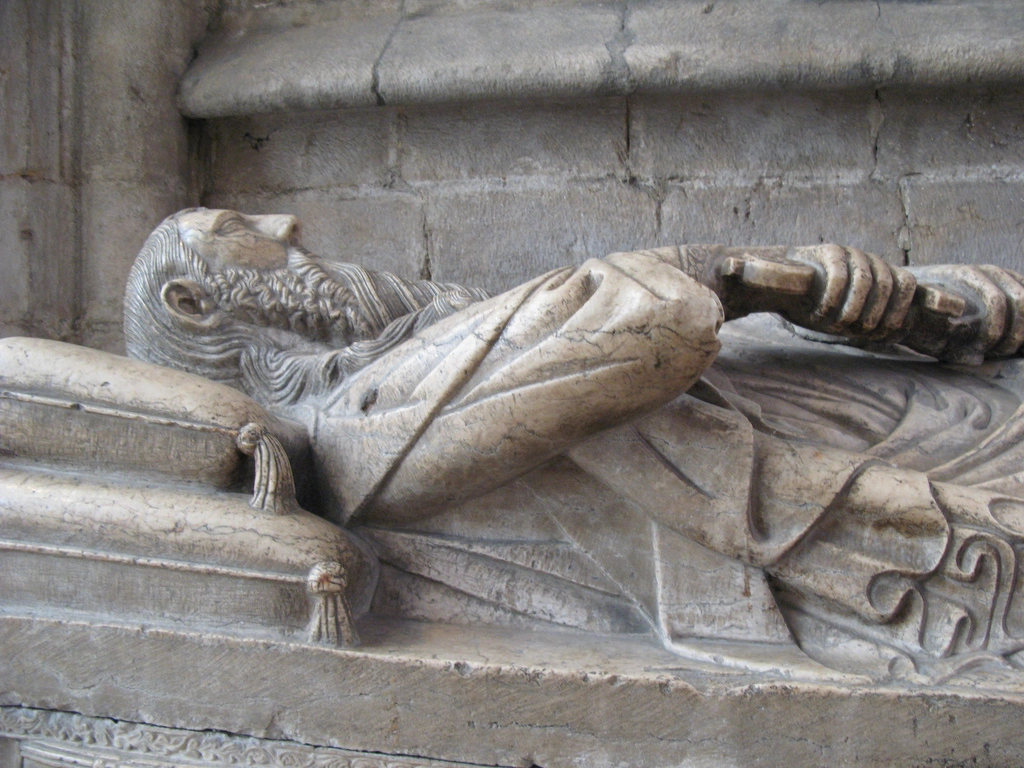
At the end of the 13th century, King Dinis of Portugal ordered the construction of a Gothic-style cloister, which was later severely damaged by the 1755 earthquake. Near the entrance of the cathedral, a wealthy merchant, Bartolomeu Joanes, commissioned a funerary chapel for himself in the early 14th century, where his tomb, featuring a laying figure, still remains. Later, King Afonso IV replaced the Romanesque apse with a Gothic main chapel surrounded by an ambulatory and radiating chapels. The king and his family were originally buried in this chapel, but their tombs, along with the chapel, were destroyed in the 1755 earthquake. The ambulatory survived and remains an important example of Portuguese Gothic architecture. It consists of a circular aisle with a series of radiating chapels, and the second storey is covered with ribbed vaulting and clerestory windows that allow abundant light to illuminate the interior. Inside the ambulatory, three significant Gothic tombs from the mid-14th century are displayed. One tomb belongs to Lopo Fernandes Pacheco, the 7th Lord of Ferreira de Aves, who is depicted holding his sword, accompanied by a dog. His wife, Maria de Vilalobos, is shown reading a Book of Hours over her tomb. Another tomb is believed to belong to an unidentified royal princess. These tombs are decorated with coats-of-arms, adding to their artistic significance.
Art in the Cathedral
In the final years of the 15th century, the celebrated Saint Vincent Panels, painted by Nuno Gonçalves, were likely placed in the Saint Vincent Chapel of the ambulatory. These panels remained in the cathedral until at least 1690 and were stored away in the cathedral until 1742 when they were transferred to the Mitra Palace. Today, the panels are housed in the Museu Nacional de Arte Antiga in Lisbon.
Baroque and Neoclassical Additions
In the 17th century, a Baroque-style sacristy was built, adding to the cathedral’s evolving design. After the 1755 earthquake, the main chapel was reconstructed in Neoclassical and Rococo styles, incorporating the tombs of King Afonso IV and his family. One of the finest additions to the cathedral during this period was a crib designed by Machado de Castro, Portugal’s leading sculptor of the late 18th century, which was placed in the Gothic chapel of Bartolomeu Joanes. At the beginning of the 20th century, much of the Neoclassical decoration inside and outside the cathedral was removed as part of a restoration project aimed at returning the cathedral to a more medieval appearance. This restoration sought to emphasize the cathedral’s original Romanesque and Gothic features, stripping away more recent styles to reveal the structure’s historical authenticity.
Feast Day
Feast Day : 05 August
The Patriarchal Metropolitan Cathedral of Saint Mary Major in Lisbon celebrates its feast of dedication on August 5th. This coincides with the Feast of Our Lady of the Snows, commemorating the cathedral’s Marian dedication.
Church Mass Timing
Sunday : 11:30 am
Wednesday : 5:30 pm
Church Opening Time:
Monday to Saturday : 10:00 am – 6:00 pm
Sunday : Closed
Contact Info
Address : Patriarchal Cathedral of St. Mary Major
Largo da Sé 1, 1100-585 Lisboa, Portugal
Phone : +351 21 886 6752
Accommodations
Connectivities
Airway
Patriarchal Cathedral of St. Mary Major Lisbon, Portugal, to Humberto Delgado Airport (LIS), distance between 25 min (6.4 km) via Av. Alm. Reis and Av. Alm. Gago Coutinho.
Railway
Patriarchal Cathedral of St. Mary Major Lisbon, Portugal, to Lisbon (Oriente) Lisbon, distance between 22 min (9.2 km) via Av. Infante Dom Henrique.

